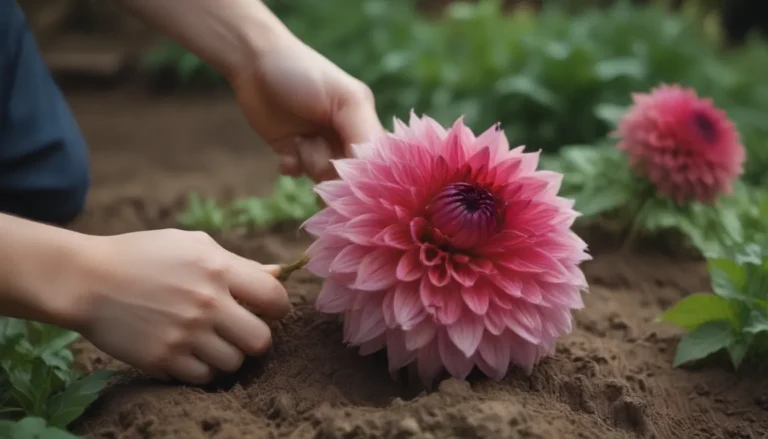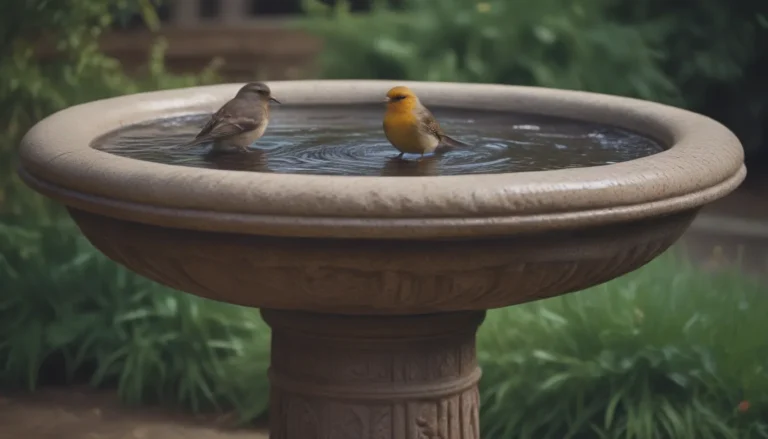Tulips Demystified: Annuals or Perennials?

Hello fellow gardening enthusiasts! Today, we are diving deep into the world of tulips to uncover the age-old question: are they annuals or perennials? If you’re like me, you might have dabbled with tulips in your garden, only to be left wondering if they will grace you with their presence year after year. Fear not, for I am here to guide you through the ins and outs of tulip cultivation, so you can enjoy those gorgeous spring blooms for seasons to come.
Let’s first address the confusion surrounding tulips’ perennial nature. While it is true that tulips were originally perennial bulbs, the majority of tulips available in nurseries today are treated as annuals. However, there are ways to grow tulips as perennials, allowing them to return and brighten up your garden each spring.
Understanding Tulip Life Cycles
Tulips as Annuals: Most tulips sold in nurseries are hybrids bred to be grown as annuals. These tulips provide stunning blooms for a single season but may not return the following year. They are typically treated as disposable plants meant to be replanted annually.
Tulips as Perennials: To grow tulips as perennials, they require specific conditions, such as extended periods of cold temperatures. In USDA zones 3 to 7, where winter temperatures provide the necessary chill, tulips can be grown as perennials. In warmer climates like USDA zone 8 and above, tulips are more likely to be grown as annuals and need extra care to encourage regrowth.
Cultivating Perennial Tulips
Encouraging Regrowth in Tulips
If you reside in USDA zones 3 to 7, perennializing tulips is a straightforward process. Simply plant perennial tulip varieties and provide them with the necessary care to thrive across multiple seasons.
Overcoming Warm Climate Challenges
In warmer climates, where tulips are typically grown as annuals, a bit of extra effort is required to encourage regrowth. After the blooming season, bulbs can be dug up and subjected to a chilling period to mimic winter conditions. This process enables the bulbs to develop and prepare for the following spring.
Mimicking “Overwintering” Tulip Bulbs
For home gardeners in warm climates, replicating the chilling process can be done using the refrigerator. However, precautions must be taken to prevent the bulbs from drying out or molding. Purchasing prechilled bulbs from nurseries is also a convenient option for ensuring successful regrowth.
5 Perennial Tulip Varieties to Plant
- Species Tulips
- Kaufmannia Hybrid Tulips
- Greigii Tulips
- Giant Darwin Hybrid Tulips
- Emperor Tulips
Before purchasing bulbs, ensure that they are recommended as perennial tulips to maximize their chances of regrowth and longevity in your garden.
Care Tips for Successful Tulip Cultivation
- Leave bulbs in the ground if you live in a climate with cold winters (USDA zone 7 or below) to fulfill chilling requirements.
- Remove spent flowers after blooming to conserve plant energy.
- Wait until foliage has completely died back before removing it.
- Understand that not all tulips will return as perennials, and some varieties may take time to multiply and bloom reliably.
By following these care tips and choosing the right tulip varieties, you can enjoy the beauty of tulips in your garden year after year. Remember, gardening is a journey, and there is always something new to learn and explore in the world of plants.
So, whether you’re a seasoned gardener or a beginner with a green thumb, don’t be afraid to experiment with tulips and see the magic they can bring to your outdoor space. Happy gardening!





